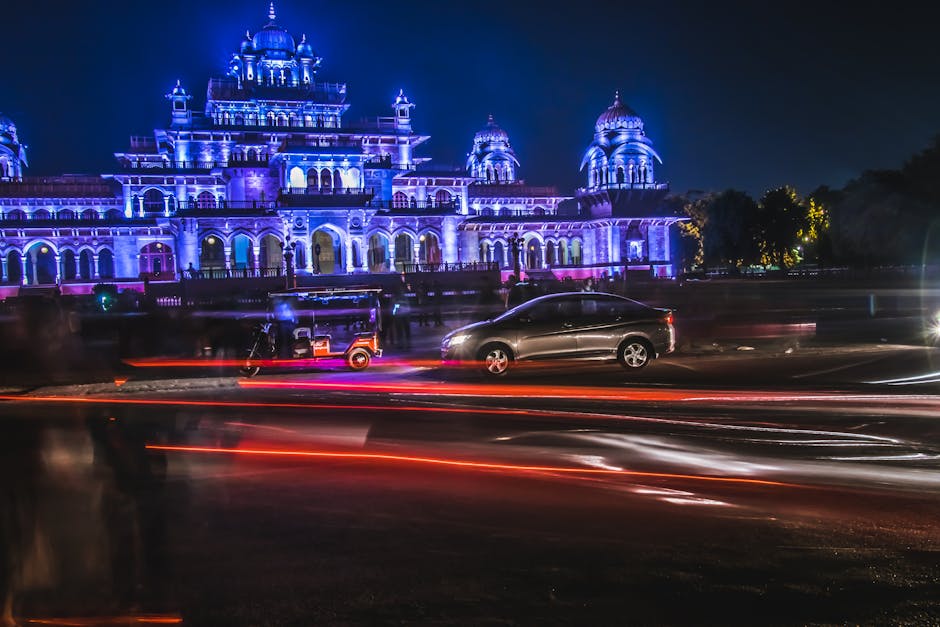In a significant move to enhance its operational capabilities, the Indian Army plans to procure fast patrol boats and advanced Landing Craft Assault (LCAs) to secure key border fronts. This strategic acquisition is designed to boost surveillance, mobility, and rapid response in challenging water-logged areas, focusing on the marshy terrain of Sir Creek on the western front and the high-altitude lakes of Ladakh.
This development signals a critical evolution in the Army’s tactical doctrine, acknowledging that modern border defence requires dominance across all domains—land, air, and inland waters.
Strengthening Surveillance at Sir Creek with Fast Patrol Boats
The Sir Creek region, a 96-km tidal estuary on the India-Pakistan border, presents a persistent security challenge. Its complex network of channels and mangrove swamps makes it a difficult area to monitor, leaving it vulnerable to infiltration and smuggling.
To counter this, the Indian Army is inducting state-of-the-art fast patrol boats. Key features and objectives include:
- Speed and Agility: These vessels are engineered for high-speed manoeuvres in shallow waters, enabling troops to swiftly intercept suspicious movements.
- Advanced Surveillance: Equipped with night-vision cameras and modern radar systems, the boats will provide a 24/7 security umbrella over the sensitive sector.
- Inter-Agency Operations: This move will significantly augment the capabilities of the Border Security Force (BSF), facilitating seamless joint operations to secure the coastline.
Boosting Tactical Mobility in Ladakh with Landing Craft Assault (LCAs)
The need for robust marine assets in Ladakh was highlighted during the recent standoff with China at Pangong Tso lake. The Chinese PLA’s use of high-speed vessels to transport troops across the lake revealed a capability gap that India is now addressing decisively.
The acquisition of Landing Craft Assault (LCAs) is a game-changer for high-altitude warfare. These vessels will provide:
- Rapid Troop Deployment: LCAs can transport a significant number of combat-ready soldiers and light vehicles across lakes, drastically reducing movement time compared to treacherous mountain roads.
- Tactical Flexibility: This rapid inter-valley transfer capability allows commanders to reinforce positions or launch surprise manoeuvres, denying adversaries any potential advantage.
- Indigenous Manufacturing: The new LCAs are being indigenously designed and built for the harsh conditions of Ladakh, providing a major boost to the ‘Atmanirbhar Bharat’ (Self-Reliant India) initiative in defence.
A Proactive, Multi-Domain Defence Strategy
This twin procurement is more than an equipment upgrade; it represents a fundamental shift in the Indian Army‘s strategy. By acquiring these specialized marine assets, the Army is evolving into a versatile, multi-domain force capable of operating effectively on both land and inland waters.
The message to India’s adversaries is clear: every approach to the nation’s borders, from the tidal flats of the west to the icy lakes of the north, will be vigilantly guarded with technological superiority and tactical innovation.




